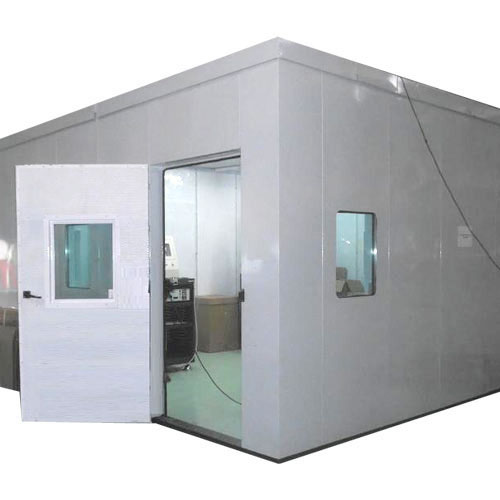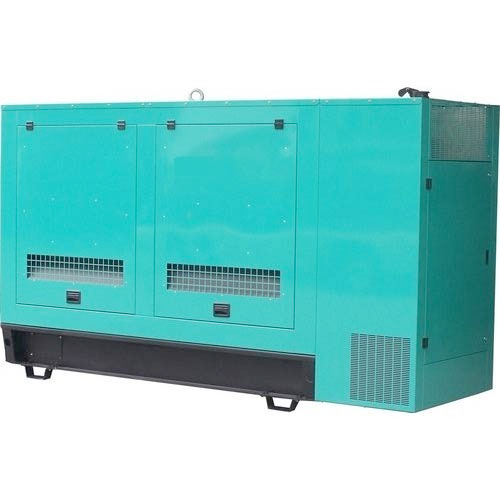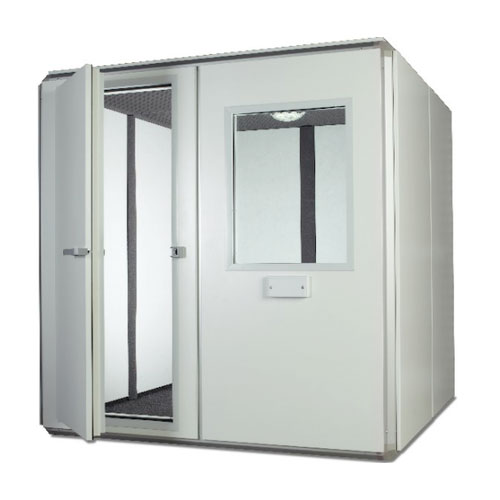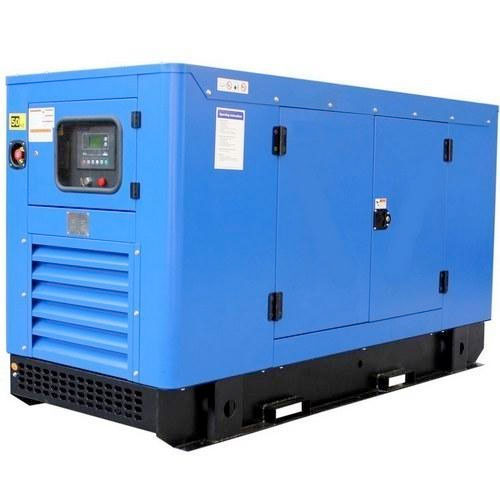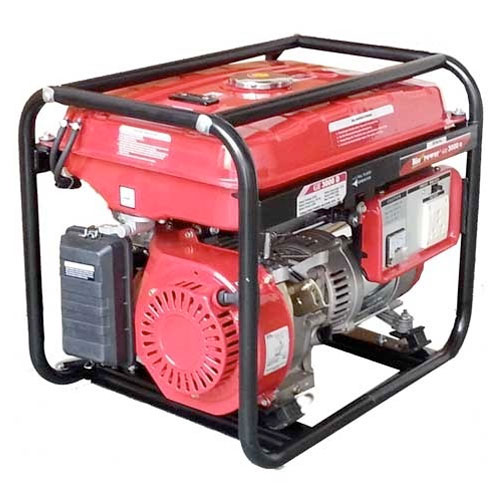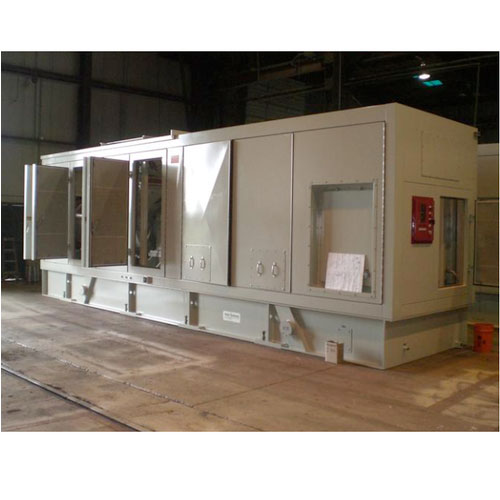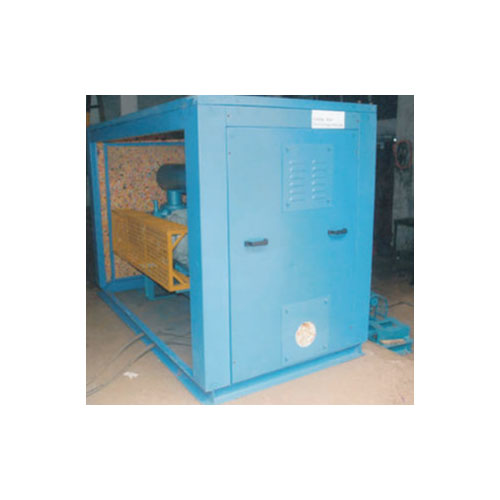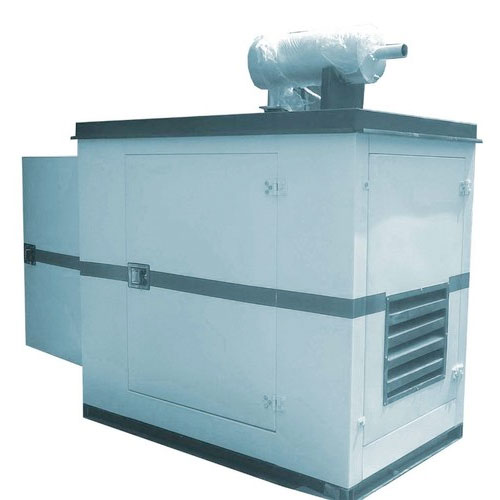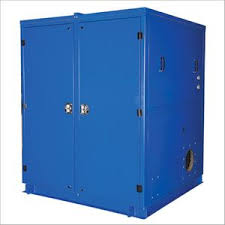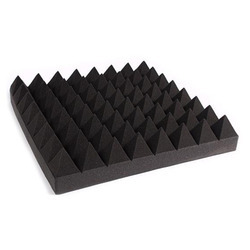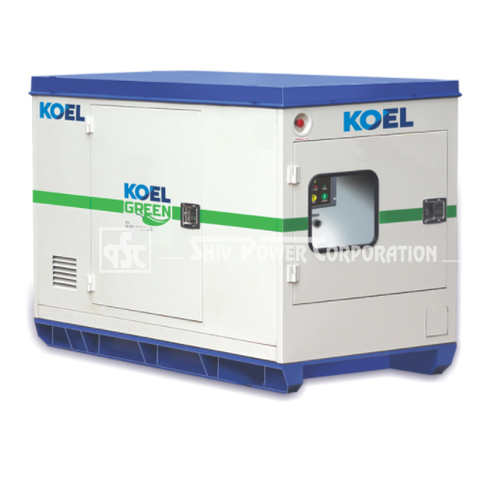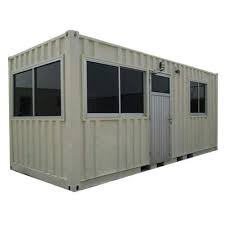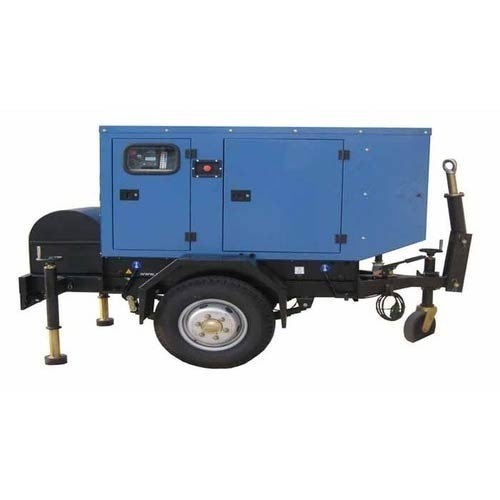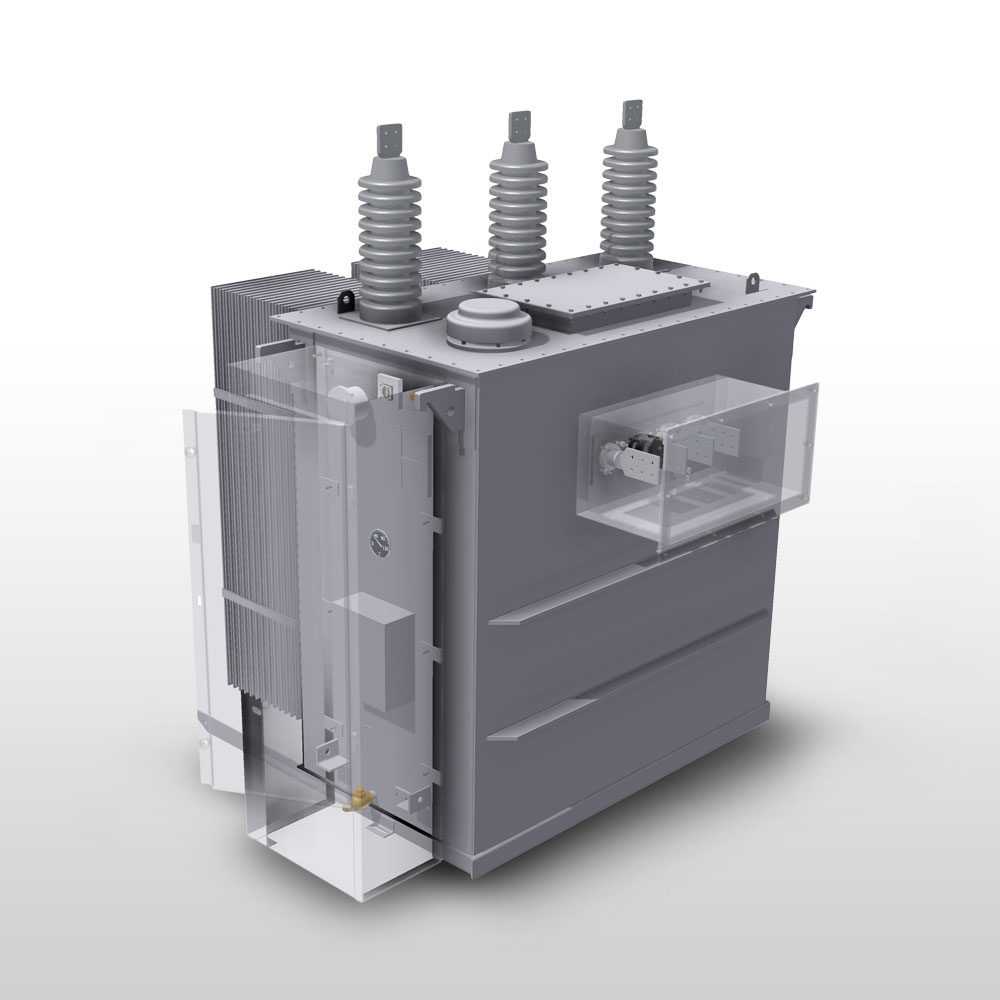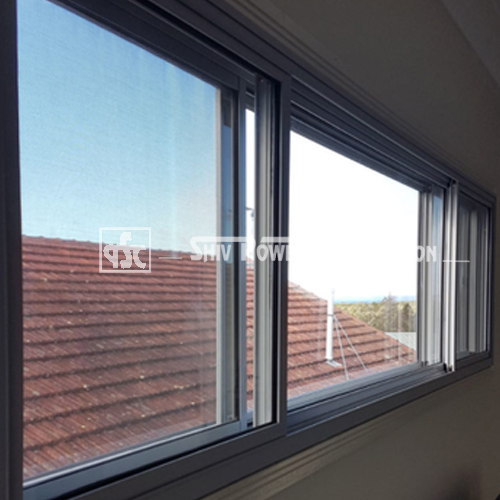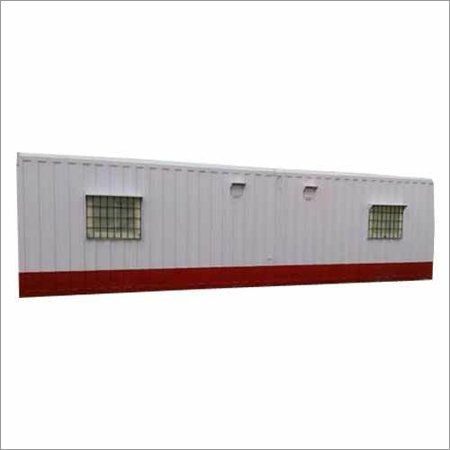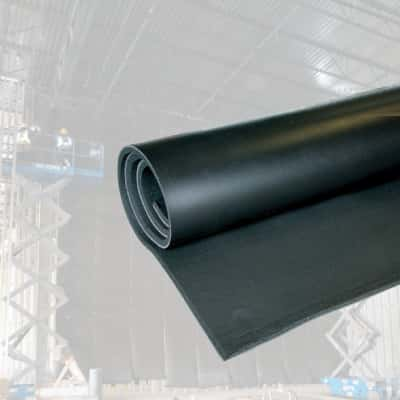Sign in
Join Free
Post Buy Requirement
Sound Dampening Pads

Sound Dampening Pads
Soundproof Acoustic Solution
| # | Feature | Description |
|---|---|---|
| 1 | Material Composition | Constructed from high-density open-cell polyurethane foam or closed-cell elastomeric rubber. Foam absorbs airborne sound, while rubber blocks and dampens structural vibrations due to its mass and elasticity. |
| 2 | Sound Dampening Properties | Foam reduces echo and reverberation (30–50% noise reduction), ideal for mid-to-high frequencies. Rubber excels at blocking low-frequency noise and vibration, with up to 70% sound isolation in industrial settings. |
| 3 | Thickness | Available in a range of thicknesses from 6 mm (1/4 inch) to 50 mm (2 inches). Thicker sheets provide better low-frequency attenuation and thermal insulation. |
| 4 | Temperature Resistance | Rubber-based sheets can withstand -40°C to +130°C, while acoustic foams typically operate between -30°C and +100°C. Both materials resist deformation under thermal stress. |

Advance power Solutions ✔ Verified
Uttar Pradesh, Noida
GST8 Months Ragular
Ask Price
| Price: | As per client |
|---|---|
| Unit: | 0 |
| Type: | Products |
Suggested Similar Sound Dampening Pads
Acoustic Foam Sheet
Soundproof Acoustic Solution
Noida
GST
8 Months
Ask Price
Ask Price
We are one of the foremost manufacturers of premium
Tec-Sound Sheet
Soundproof Acoustic Solution
Noida
GST
8 Months
Ask Price
Ask Price
We are one of the foremost manufacturers of premium
Sound Insulation Sheet
Soundproof Acoustic Solution
Noida
GST
8 Months
Ask Price
Ask Price
We are one of the foremost manufacturers of premium
Sound Proofing Membrane
Soundproof Acoustic Solution
Noida
GST
8 Months
Ask Price
Ask Price
We are one of the foremost manufacturers of premium
Acoustic Sliding Folding Partition
Soundproof Acoustic Solution
Noida
GST
8 Months
Ask Price
Ask Price
We are one of the foremost manufacturers of premium
Sound Proofing Acoustic Door
Soundproof Acoustic Solution
Noida
GST
8 Months
Ask Price
Ask Price
We are one of the foremost manufacturers of premium
Sound Proofing Acoustic Booth
Soundproof Acoustic Solution
Noida
GST
8 Months
Ask Price
Ask Price
We are one of the foremost manufacturers of premium
Sound Dampening Pads
Soundproof Acoustic Solution
Noida
GST
8 Months
Ask Price
Ask Price
We are one of the foremost manufacturers of premium
Acoustic Foam Panel
Soundproof Acoustic Solution
Noida
GST
8 Months
Ask Price
Ask Price
We are one of the foremost manufacturers of premium
Acoustic Louvre
Soundproof Acoustic Solution
Noida
GST
8 Months
Ask Price
Ask Price
We are one of the foremost manufacturers of premium
Mass Loaded Vinyl (MLV) Sheet
Soundproof Acoustic Solution
Noida
GST
8 Months
Ask Price
Ask Price
We are one of the foremost manufacturers of premium
Send Inquiry for Sound Dampening Pads
Inquiry Now












